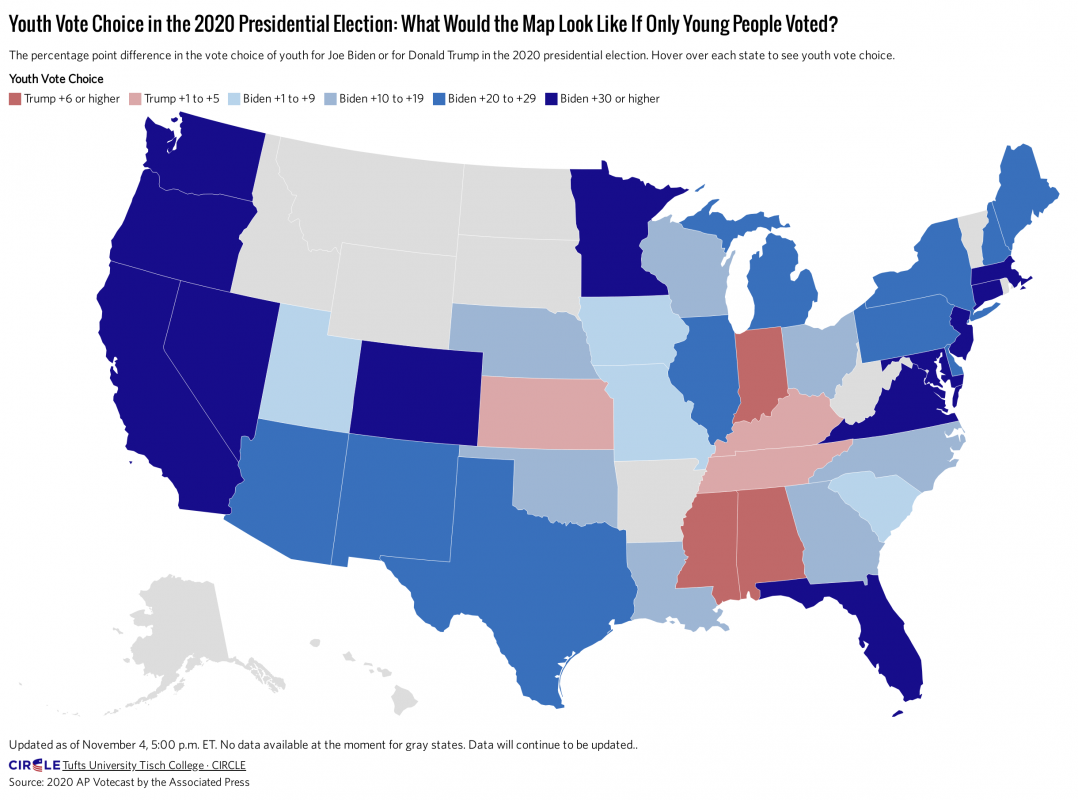Not long after we were married, my husband–who was active in the state chapter of the American Institute of Architects– took me to an AIA-sponsored cocktail party. A somewhat inebriated attendee who had heard that I was a lawyer cornered me and wanted to know why the profession couldn’t keep lawyers from filing so many frivolous lawsuits.
It turned out that he defined a frivolous suit as one that the plaintiff lost. (I hasten to report that most architects I know are considerably brighter than that particular specimen.)
I thought about that long-ago conversation as I listened to media reports about Trump lawyers filing multiple challenges to the election results. Thus far, those challenges have been overwhelmingly unsuccessful, and in this particular case, those losses–and the reason for them– are evidence of their frivolity.
Frivolous litigation is the use of legal processes with apparent disregard for the merit of one’s own arguments. It includes presenting an argument with reason to know that it would certainly fail, or acting without a basic level of diligence in researching the relevant law and facts. The fact that a claim is lost does not imply that it was frivolous.
The entry goes on to explain that a frivolous claim may be one that is based on an “absurd” legal theory, or it may involve repeated, duplicative motions or lawsuits–basically, it’s a lawsuit that lacks a genuine, underlying justification in fact, or because existing laws or legal judgments unequivocally prohibit the claim.
The federal courts, and most states, do provide remedies when a lawsuit has been deemed to be frivolous. Most allow the judge to award court costs and attorneys’ fees to the targeted person or company. In several states, lawyers who bring civil actions without probable cause will be liable to the prevailing party for double or even triple damages if the court determines that the action was brought “with malice to vex and trouble.”
The prevailing party may also file a grievance against the attorney who filed the suit for violating the Rules of Professional Conduct, which clearly prohibit an ethical lawyer from engaging in such behavior.
Thus far, to the best of my knowledge, only one lawsuit filed by the Trump campaign achieved anything. That was a Pennsylvania case that succeeded in moving the Republican observers of the count–who were already in the room–six feet closer to the people who were actually doing the counting. Every other suit has been summarily dismissed for lack of any evidence of fraud or wrongdoing.
In an earlier post, I quoted Justin Levitt’s observation that–in the absence of facts sufficient to show a legal violation– these lawsuits were simply “tweets with filing fees.” They aren’t intended to change an election result; they are intended to support the narrative being conveyed to Trump’s credulous and angry base.
Every lawyer with whom I’ve discussed this PR tactic–including longtime Republicans–has dismissed the flurry of lawsuits as a delaying gimmick, a way to forestall an admission that Trump lost.
The Trump Campaign has nevertheless begun fundraising to cover its legal costs (although apparently, the “fine print” notes that monies raised will mostly go to pay off campaign debt). If I were a Biden lawyer defending against one of these petulant exercises masquerading as a lawsuits, I’d ask for whatever damages for frivolous lawsuits are available in that state–and I’d file a grievance with the state’s Disciplinary Commission.
Evidently, the Lincoln Project intends to publicize the appalling lack of legal ethics being displayed by the lawyers willing to subvert the rule of law for monetary and partisan ends.There are also reports that a few principled lawyers have resigned from the firms that have agreed to handle these cases.
When this bratty tantrum concludes, its inexcusable assault on legal principle will be added to the very long list of norms attacked and weakened by this pathetic excuse for a human and his enablers.
No one who has lived through the last four years could reasonably expect anything better from Trump–but the lawyers who are facilitating this travesty know better. They should be held to account.
And Bill Barr should be disbarred.
Comments
